In the last part of the this little search of mine to find my perfect classic Sonnar I had (re-)discovered the merits of the Jupiter-8. The particular Jupiter-8 I tried was a Contax mount copy that when used in combination with a Contax to m-mount lens adapter focused close to perfectly. As I explained in that post, this perfectly focusing Jupiter-8 experience was both a very positive one in terms of the photographic outcome, but it also gave way to some issues in terms of the usability of the lens.
These discoveries sent me down a bit of an interesting path to find a solution that would improve the usability of the lens, and at the same time retain the image quality. That path is to involve a lens hacked by a man in Russia, then modified using the optics of my lens Jupiter-8m by Brian Sweeney in the States.
This sort approach isn’t particularly out of character for me. I quite like the idea of having things created around my specific requirements. I also like exploring slightly more unique options when it comes to lenses, especially when the whole process isn’t likely to cost very much, and yet still result in a very nice to use, well fettled, perfectly focusing lens that I know I will like the results from.
But, I’m the first to admit that I’m probably over complicating things a little. I’m also aware that by going down this particular path, I’m not doing the standard Leica thread mount Jupiter-8 a good service. This was made particularly evident to me when I posted the previous post on the social medias. For a start, a few people commented that they couldn’t understand why I was going to so much fuss without trying the standard Jupiter-8.
But, worse than this, a couple of other people asked my advice on following the same path. My advice to both of those people was don’t follow my path, just get a standard Jupiter-8, because in all likelihood even if it misfocuses, if you like the character of the lens for the sort of subject matter I’m shooting, it probably won’t bother you anyway.
Of course, it’s all well and good me saying that, but without anything to back up the statement it remains a bit hollow when it comes from someone who is going down some crazy path to get one that does focus “perfectly”.
As such, I thought I’d write this about how well a few unmodified later model, easy to find, imperfect focusing Jupiter-8 lenses work when used on a Leica rangefinder. Really, this is just to give a bit of perspective, and hopefully encourage people not to worry quite so much about the outcome of buying one of these wonderful lenses.
A multiple lens test
When I was thinking about this post I felt it made sense to write it around two or three lenses rather than one. With one lens I could just be lucky and have one that focuses well, with two or three, that’s less likely.
There are two reasons I chose these later model black Jupiter-8 lenses. The first is that they were cheap and very easy for me to get hold of. The one with the green lettering is mine – I loaned it to a mate about 2 years ago, and got it back for the purpose of this post. The one with the serial number on the front belongs to my mate Alex. The last one (mounted on the M9) is a very nice copy I recently picked up from a shop in town.
The second reason is that I’ve read that these black later model Jupiter-8 lenses can be more prone to quality control issues – I felt that I wanted to at least try and experience some of the potential issues that can come along with buying these lenses.
The focusing issues
Before I get any further I should probably touch on the cause of the Jupiter-8s focusing problems on a Leica rangefinder camera. This issue comes from the fact that Jupiter-8 lenses weren’t actually made for Leica cameras, they were made for Russian copies which have a very slightly different register. On top of this, as you will read on pretty much every page about Russian lenses and cameras the quality control wasn’t all that great, so there is also some potential for lens variance to deal with.
The different register means that in theory the unmodified Jupiter-8 lens will back focus. If you’re unsure what back focusing means, in very simple terms it’s when the point of focus in the lens sits further away from the camera/lens than where the rangefinder says it is. In theory this should be the same for all Jupiter-8 lenses, but because of the quality control variance from one lens to the next, it’s said that the extent of this back focusing can vary.
The back focusing in my three Jupiter-8s
The difference in the three lenses I have here speaks volumes for the potential “problems” that can be found in buying these lenses. Two of them had wobbly/loose focusing rings, and all three had the same problem with the aperture ring. Two of them are fairly crappy feeling in terms of their focusing mechanisms too – Alex’s is quite stiff, and my old one is about as lose as you can imagine. The focusing on the one I recently bought in town is juuust right!
Physical condition aside, interestingly, they all back focus by as close as dammit the exact same amount. I never do test shots, it pains me… but on this occasion I felt I should force myself. These are crops from my M9. I used my 1.4x vf mag to focus each lens on the dip in the top of the sideways B. As you can see, focus is shifted backwards by about 1-2cm to the edge of the F. This was shot at 1m.
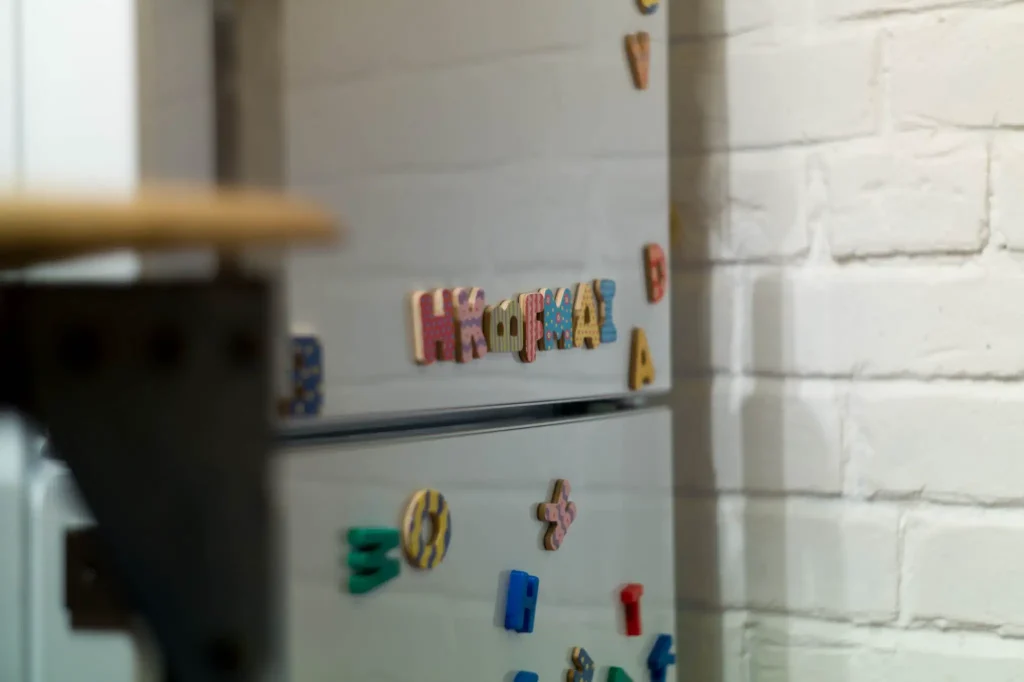



Focus shift
The above back focusing is an issue isolated to using the Jupiter-8 on a rangefinder camera it wasn’t designed for. Unfortunately using the Jupiter-8 on a camera it wasn’t designed for isn’t the only cause of back focusing in these old Sonnar-design lenses. This design of lens is also prone to the oft-fretted-over issue of focus shift.
Although it’s quite hard to determine the degree of focus shift when using a Jupiter-8 that already suffers from back focusing, it’s probably fairly safe to assume that the plane of focus will also move backwards because of the shift as you stop down. I took these extra couple of images whilst I had my fridge magnet set up going on. It certainly looks that focus shifts backwards.


Spherical Aberrations and the Jupiter-8
To add even further fuel to the fire of potential ill focus, the Jupiter-8 isn’t especially sharp when shot wide open. This isn’t a unique issue of course – most lenses are slightly softer when shot wide open. But, the Jupiter-8 does have slightly more of an issue than most. Look closely at an image shot wide open with a Jupiter-8 and fairly often you will often find yourself admiring a slight “glow” to what is otherwise the in-focus subject.
This is quite likely to be caused at least in part by spherical aberrations. To a certain degree this can cause the subject to feel slightly soft, and when you make that close inspection you might be inclined to think that the subject appears ever so slightly ethereal.

The rough with the smooth (/soft)
Of course, what’s important about all the above not how demonstrable these traits are when the lens is tested, but how much of an issue they are in real terms, i.e. when the lens is shot in the field. The other big factor here is to what degree any individual is likely to find this issues a real problem within their photography. This can both come down to style, to chosen subject – and more specifically with this lens – subject distance. As such, when shooting with my unmodified Jupiter-8 collection, where I have attempted to force the lens to fall over a little for demonstration purposes, largely I’ve just used it to take photos of my family and mates, which is where I think it works best…
(The rest of the images in this post were taken with one or another of the Jupiter-8 lenses in the picture at the top of the post – I can’t remember which for each photo. Even when I try and do a proper lens test, I cant get it right…..)
The impact of the back focusing and focus shift
A year or so ago I wrote an extensive post about the Zeiss ZM Sonnar. I’ve had a great deal of feedback from people both in the comments, on social media, and via email from people finding a very similar experience to me. The gist of that post follows my view that whilst it’s true that the lens focus shifts, the degree to which it does so is not sufficient to markedly impact on the photographic outcome. If you read other reports and reviews about the ZM Sonnar you might find yourself thinking I’ve taken a knock to the head, but the reality (my reality) is one of 100% satisfaction with the ZM Sonnar’s ability to focus to a degree I am happy with, where I wanted it to focus.
Now, I’d be lying if I said the same about an unmodified Jupiter-8. But, as with the ZM the issues in my experience seem to be both subject and technique dependant. Take this shot for example.

Just an experiment to see where focus would sit if I shot a subject at distance at f/2. As you can see, the back focusing has placed the plain of focus behind my intended subject matter.

The back focusing is magnified by the focused distance resulting in a basically unusable photo. Initially I thought this was an issue only when shooting at wider apertures, but having experimented a little I’ve found it to be a problem with focusing on more distant subjects with apertures even as small as f/8.
I’ve found to get the best out of the unmodified Jupiter-8 when stopped down, zone focusing can reap better results. A bit of thought to potential subject distance, combined with a rough understanding of the back focusing issue can quite readily allow general snap shot, f/8 and be there style shooting. It just takes a bit of practice and added thought.

Portraits and closer subject matter
This all said, if like me you’re more inclined to take photos of closer subject matter wider open, the issue – at least in my experience – feels a lot less bothersome. My desire to discover an older Sonnar type lens for my photography in part spelled from wanting to take photos of my kids with ever so slightly less of a modern punch than that which I get from my modern ZM Sonnar. This isn’t to say that I don’t like the shots from the ZM when taking photos of my kids, just that sometimes I like something different – the slightly lower contrast and propensity for gentle flare are traits I just love in these older Sonnars!
Recently, photos of my kids have made up a larger percentage than anything else that I’ve been taking, and shooting the Jupiter-8 has been pretty much central to this photography. In theory the back focusing should cause an issue. In practice, I’ve found the it hasn’t really impacted on my photos in any meaningful way – at least not to an extent that I’ve felt dissatisfied with the results. Most of these photos were shot at f/2, and most within a few meters.
It is true that if you look very closely, it is possible to see that the lens has back focused a little bit, but not to the extent that the photo is ruined – at least not by my measure.
What strikes me is that since the Jupiter-8 isn’t necessarily bitingly sharp wide open anyway – and perhaps because of the spherical aberrations – it’s harder in the final image to see such a defined plane of focus as you might with a more corrected optic. This lack of definition to the plane of focus gives the back focusing a bit of wriggle room to not “ruin” the image through more strongly apparent misfocusing.
Of course some people prefer perfect focus more than others, and it’s fair to say that if you are one of those people you might well be reading this, looking at my soft photos and scratching your head. For my tastes and desires though, these images are plenty sharp enough for the subject matter. To my eye – as I’ve said countless times on this blog – the overall look and feel of the picture counts a lot more than perfect sharpness.
This applies to photos that don’t include my kids too…
Wrapping up
There are of course many ways any lens can be shot outside of what I have demonstrated here, many of which would probably cause an unmodified Jupiter-8 to trip over when mounted on a Leica camera. But that’s an easy point to make. What I wanted to show here was that even without modification, a Jupiter-8 can be used to good effect.
It seems to me, that to really get the best out of an unmodified Jupiter-8 on an Leica mount rangefinder, either taking an educated approach to zone focusing, or just shooting wide open with your subject within a couple of meters is the way forward. The best thing about this is, closer up, wide open shooting is what takes most advantage of the Jupiter-8’s inherent Sonnar feel anyway.
For me this all comes back to my definition of a perfect lens. The Jupiter-8 is far from perfect, even mounted on a native Russian camera it still “suffers” from most of the “issues” I’ve talked about here. But, using it in a specific way – even on a camera it’s not meant for – can result in some really lovely images given the right sort of subject matter.
I really love the results I have achieved shooting mine, and whilst I wouldn’t be in anyway comfortable recommending it as an ideal all-rounder, if you’re aware of the limitations and character traits imposed by back focusing issues, wide open softness and the like, the Jupiter-8 can still make a for a very viable choice when mounted on a Leica rangefinder.
This is far from the end of the Jupiter-8 story for me. I’m really looking forward to experimenting with a modified copy when it lands back with me after it’s time with Brian Sweeney. I’m also a little intrigued by the idea of learning how to do the focus modifications myself… god only knows, enough people on social media have told me how easy it is!!
More soon…
Hamish
Share this post:
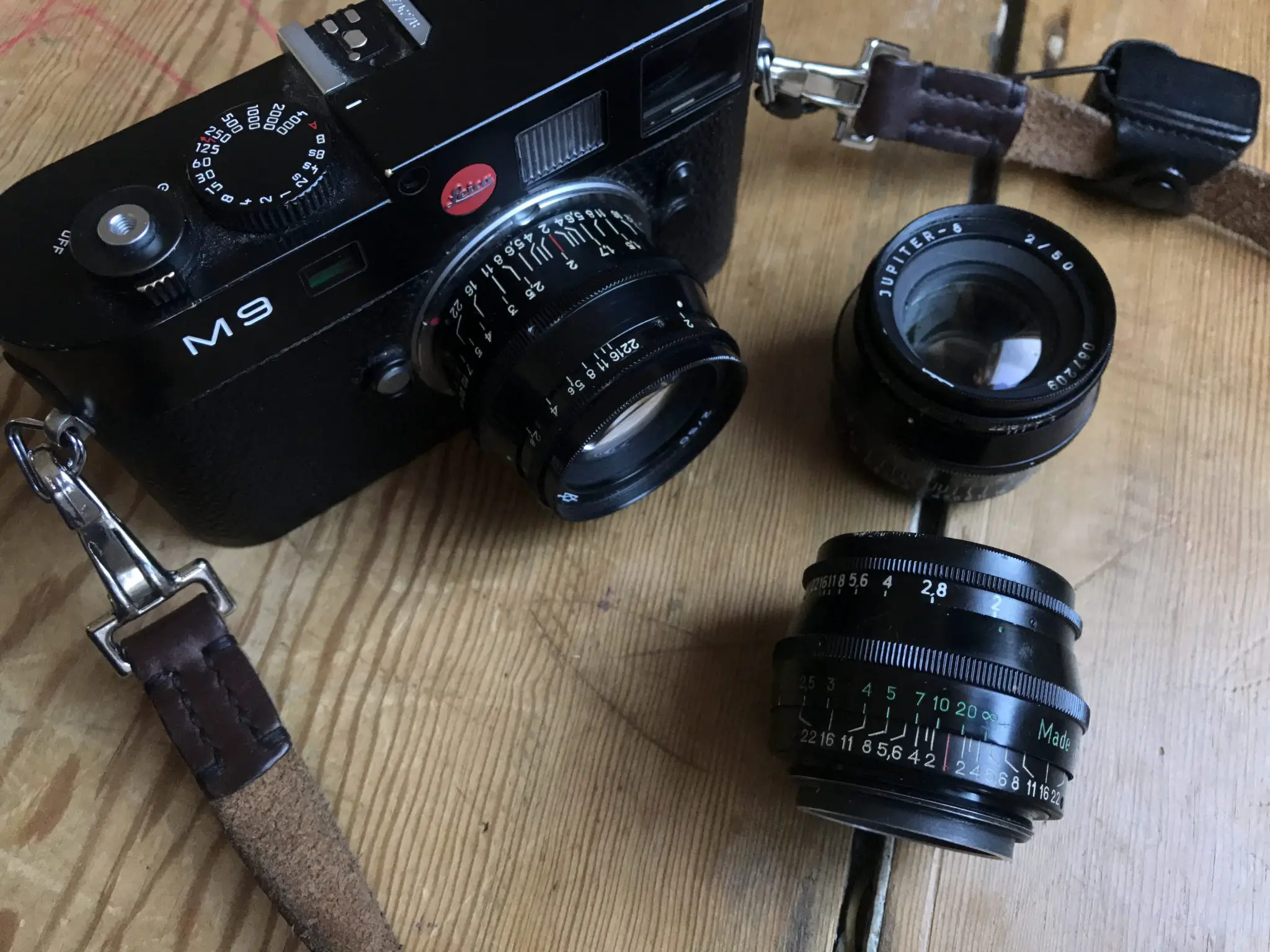












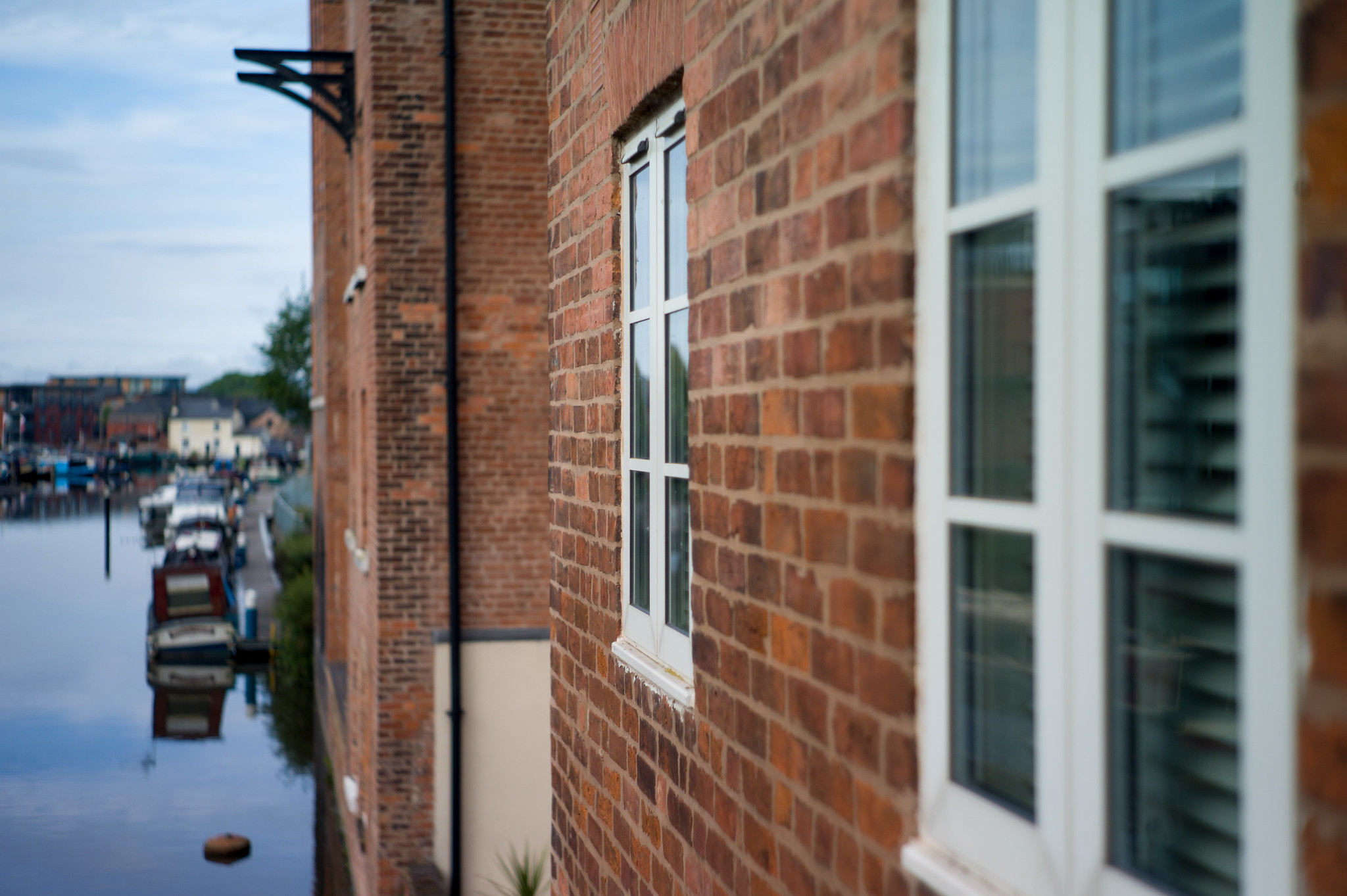
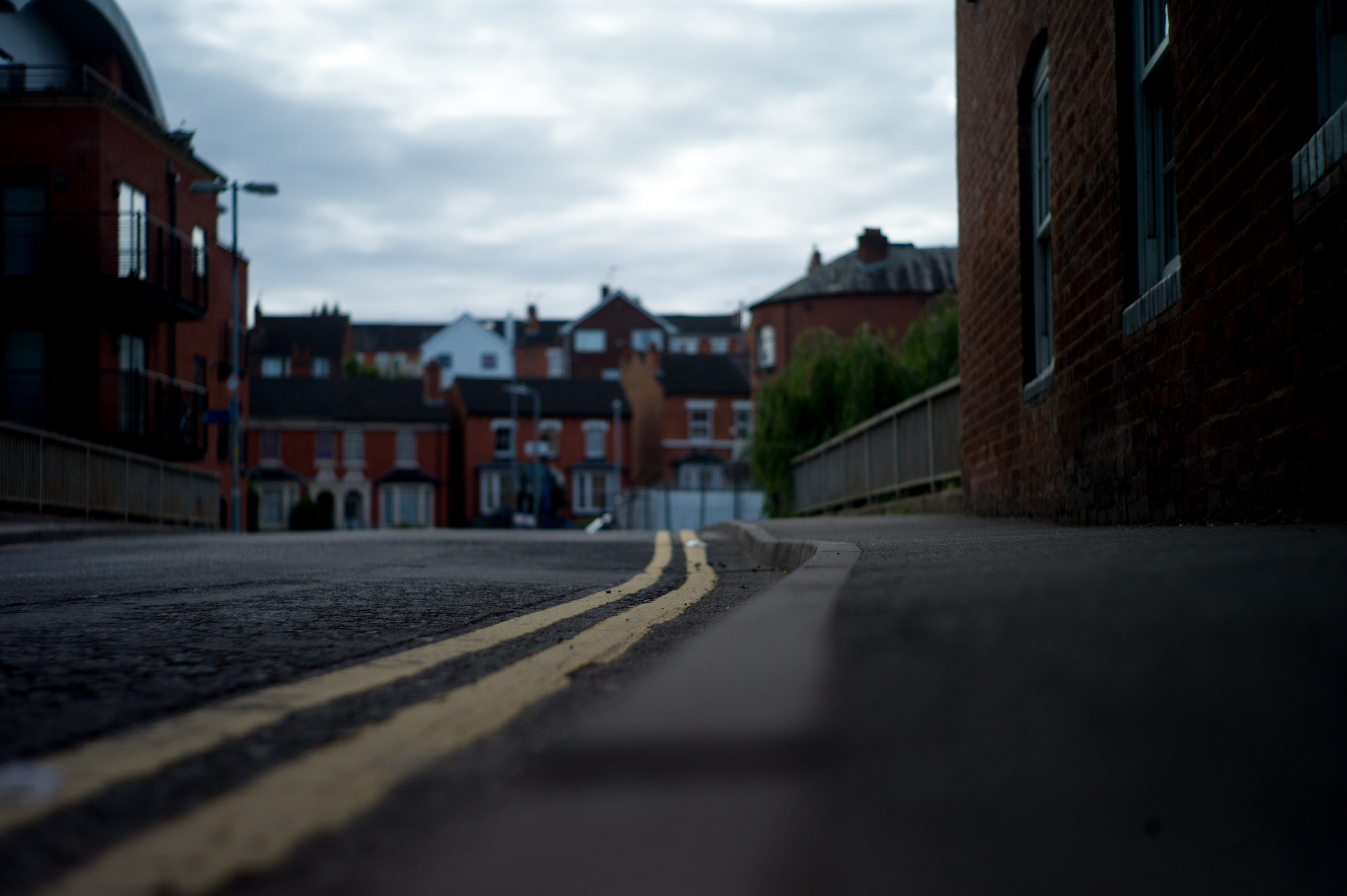
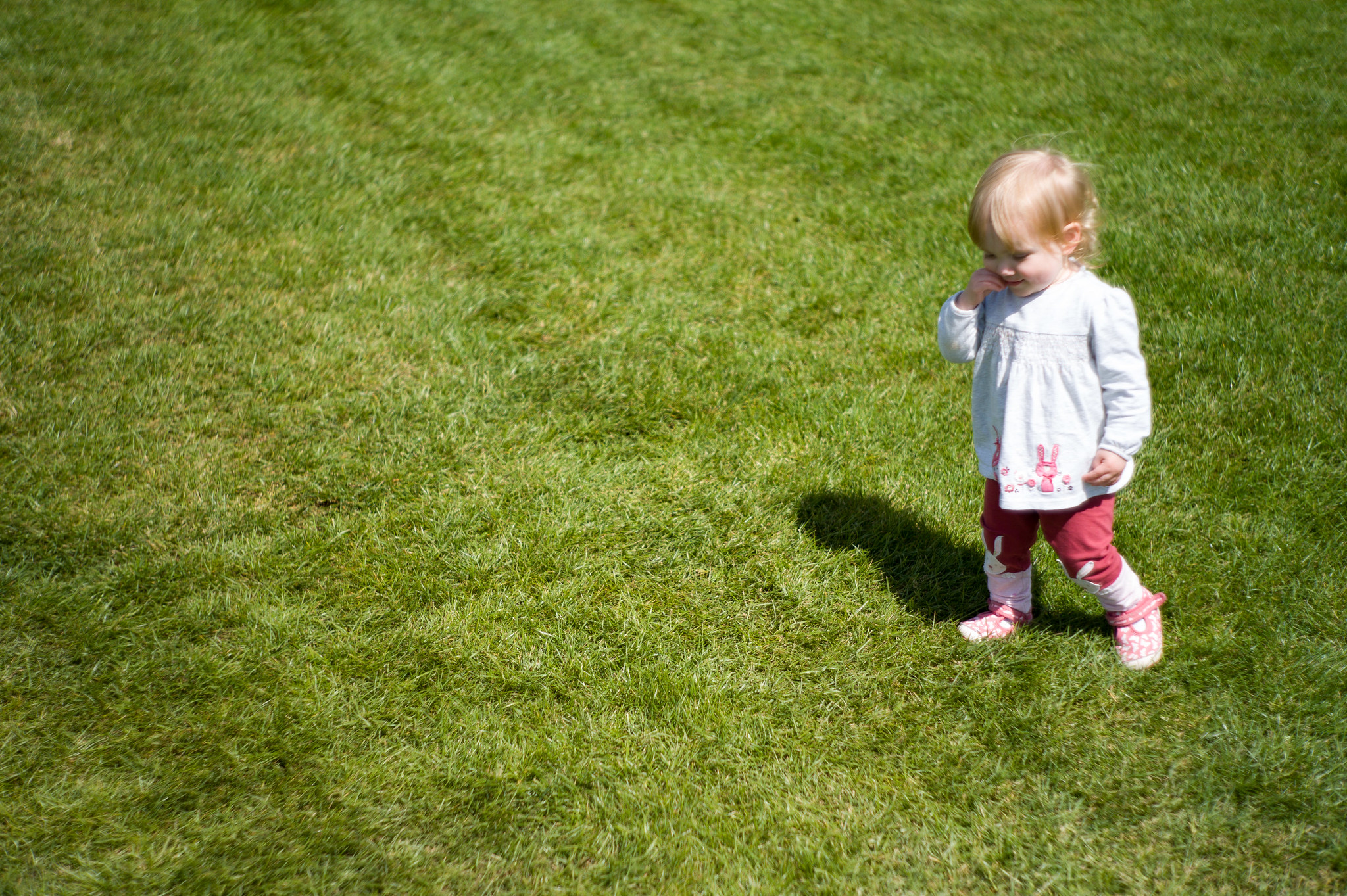








Comments
r_kt on Jupiter-8 (unmodified) on a Leica – Finding my Perfect Classic Sonnar – PT5
Comment posted: 22/05/2017
Comment posted: 22/05/2017
Eddy on Jupiter-8 (unmodified) on a Leica – Finding my Perfect Classic Sonnar – PT5
Comment posted: 22/05/2017
Comment posted: 22/05/2017
Brian on Jupiter-8 (unmodified) on a Leica – Finding my Perfect Classic Sonnar – PT5
Comment posted: 31/05/2017
BUT, DOF is subjective and nothing beats Nailing the focus. Typically, adding a 0.1mm shim corrects the focus. Stopping down to F2.8 shifts focus towards infinity, which works well for distance shots. The hard part is resetting the aperture ring to align with the index marks- but you can usually get away with lossening the set screws, turn the ring, tighten. At worst- you need to take the screws out and tap out some holes for the screws to go back in.
This one is adjusted, focal length, shim, and rebuilt for 0.65m RF coupled focus.
https://www.flickr.com/photos/90768661@N02/albums/72157651851966083
The LTM J8M really surprised me- on the M9, looked as good as the Zeiss Sonnar.
Avelino on Jupiter-8 (unmodified) on a Leica – Finding my Perfect Classic Sonnar – PT5
Comment posted: 01/05/2019
Regards.
I love 35mmc
Comment posted: 01/05/2019
Chris Maness on Jupiter-8 (unmodified) on a Leica – Finding my Perfect Classic Sonnar – PT5
Comment posted: 30/11/2019
David Murray on Jupiter-8 (unmodified) on a Leica – Finding my Perfect Classic Sonnar – PT5
Comment posted: 04/11/2020
Comment posted: 04/11/2020